Four Brand New Octopus Species Discovered
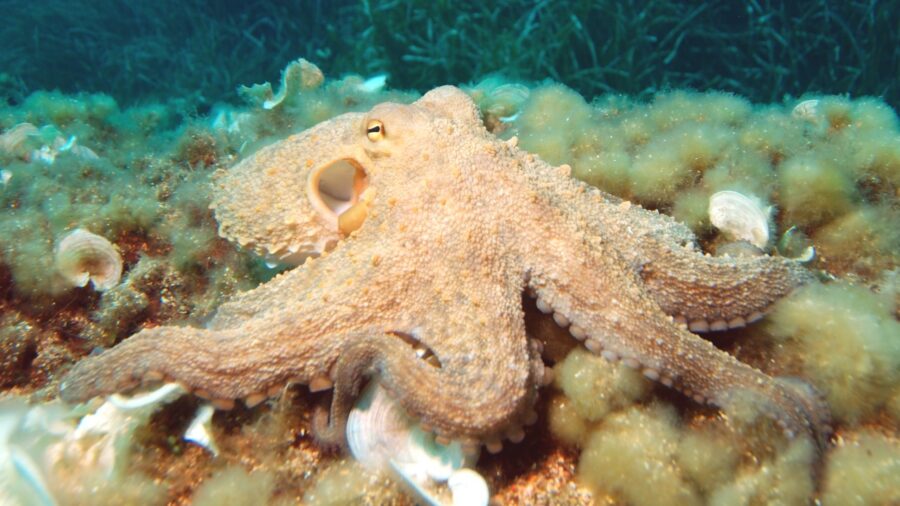
Scientists have discovered four new breeds of octopus off the coast of Costa Rica. This discovery was made at the Tengosed Seamount near a hydrothermal vent 2,800 meters below the surface and made possible through the use of the R/V Falkor research vessel. While these previously unknown species have yet to be fully described and cataloged by researchers, they will be publishing their findings as soon as they know exactly what they’re looking at.
A Historic Ocean Expedition
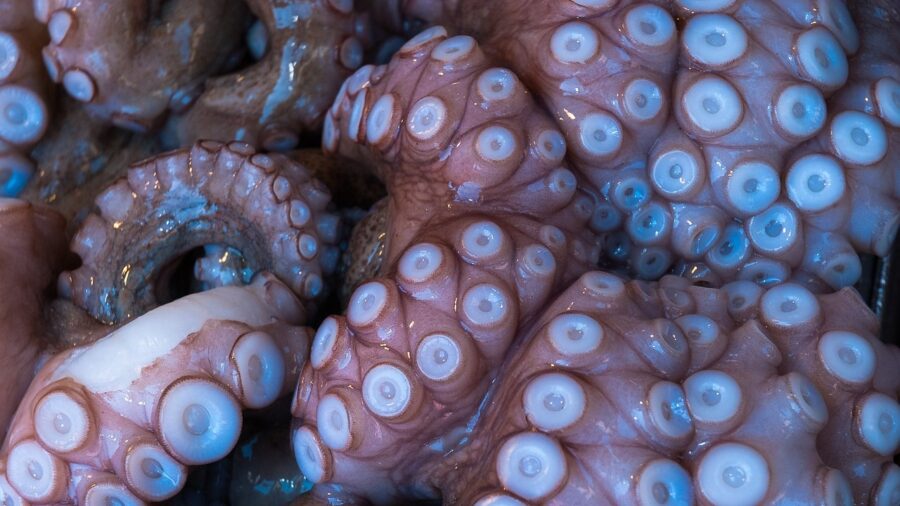
In a study led by Beth Orcutt, an oceanographer at the Bigelow Laboratory for Ocean Sciences, the main purpose of the research was to study the biodiversity of the area. In the expeditions that followed, hundreds of photos were taken that will be instrumental in identifying and cataloging over 160 different deep-sea specimens. Among those 160 specimens were four different octopus species that were new additions to the catalog.
Rethinking Everything We Know About Octopuses
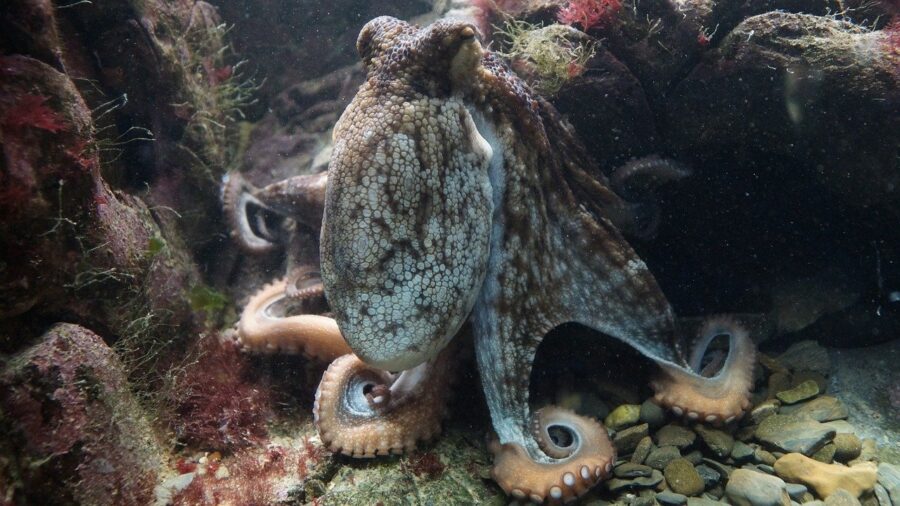
Of the four recently discovered octopus species, one was discovered brooding (or nesting its eggs) at a hydrothermal vent. Since it was found occupying an outcrop that’s known affectionately as El Dorado Hill, it has been nicknamed the Dorado octopus. The Dorado octopus is a member of the Muusoctopus species that are commonly found in the area.
What’s perplexing about this discovery is that the entire octopus garden is densely populated. This is unusual behavior, as octopuses aren’t known to be social beings. The prevailing theory suggests that the Muusoctopus species have come to rely on hydrothermal vents as a way to move along their reproduction process.
The Deep Ocean Remains A Mystery
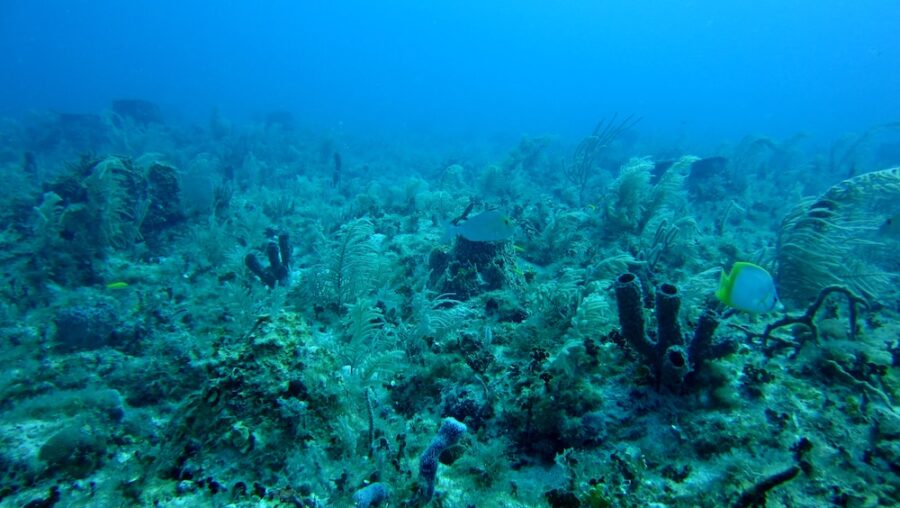
More research will have to be conducted to confirm this theory because deep ocean explorations have proven to be as mysterious and baffling as our deep space explorations. What we do know, however, is that brooding near a heat source that’s surrounded by otherwise frigid conditions has a number of reproductive benefits for this octopus species.
Our current understanding of the findings has shown us that the heat from the hydrothermal vents significantly reduces the incubation time of octopus eggs and also helps the embryos grow. What’s more, the heat helps boost the metabolism of the mother octopus.
Humans Can Not Reach The Octopus Gardens

As of this writing, humans have not taken the deep dive in person into the octopus gardens. Though there are obvious logistical hurdles to consider before sending people down to study the octopus gardens, the expeditions that have been accomplished at this point provide wealth of knowledge into how this underwater ecosystem operates in ways we couldn’t imagine previously. Now that we know there is a rich and diverse seafloor to explore, the next steps will involve seeking out international collaborations that will help move the research along.
How Many Species Have Yet To Be Discovered?
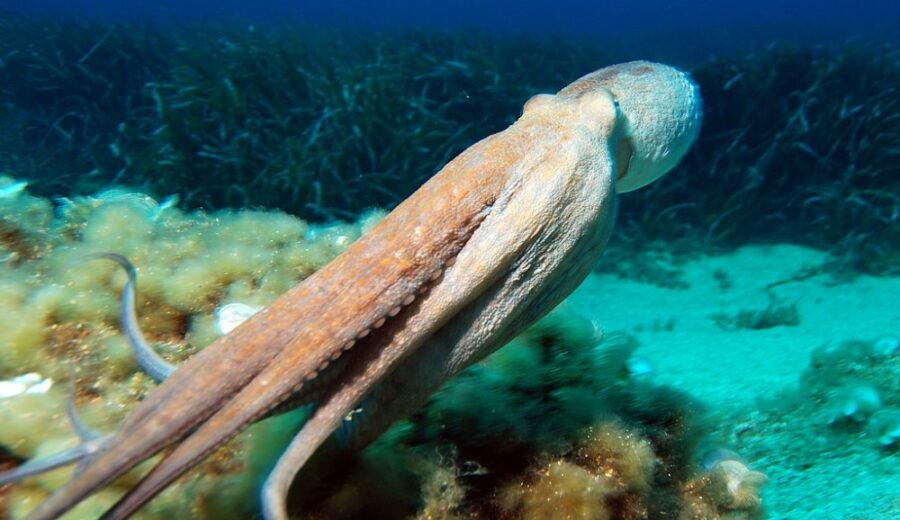
To date, we know of over 300 different octopus species. Though recent research has identified four possible new species, it’s not outside the realm of possibility that there are even more undiscovered evolutionary offshoots that have their own unique communities living along the seafloor.
Hopefully, this discovery will be considered by legislators who understand the importance of preserving sites like the Tengosed Seamount so future studies can be carried out.












